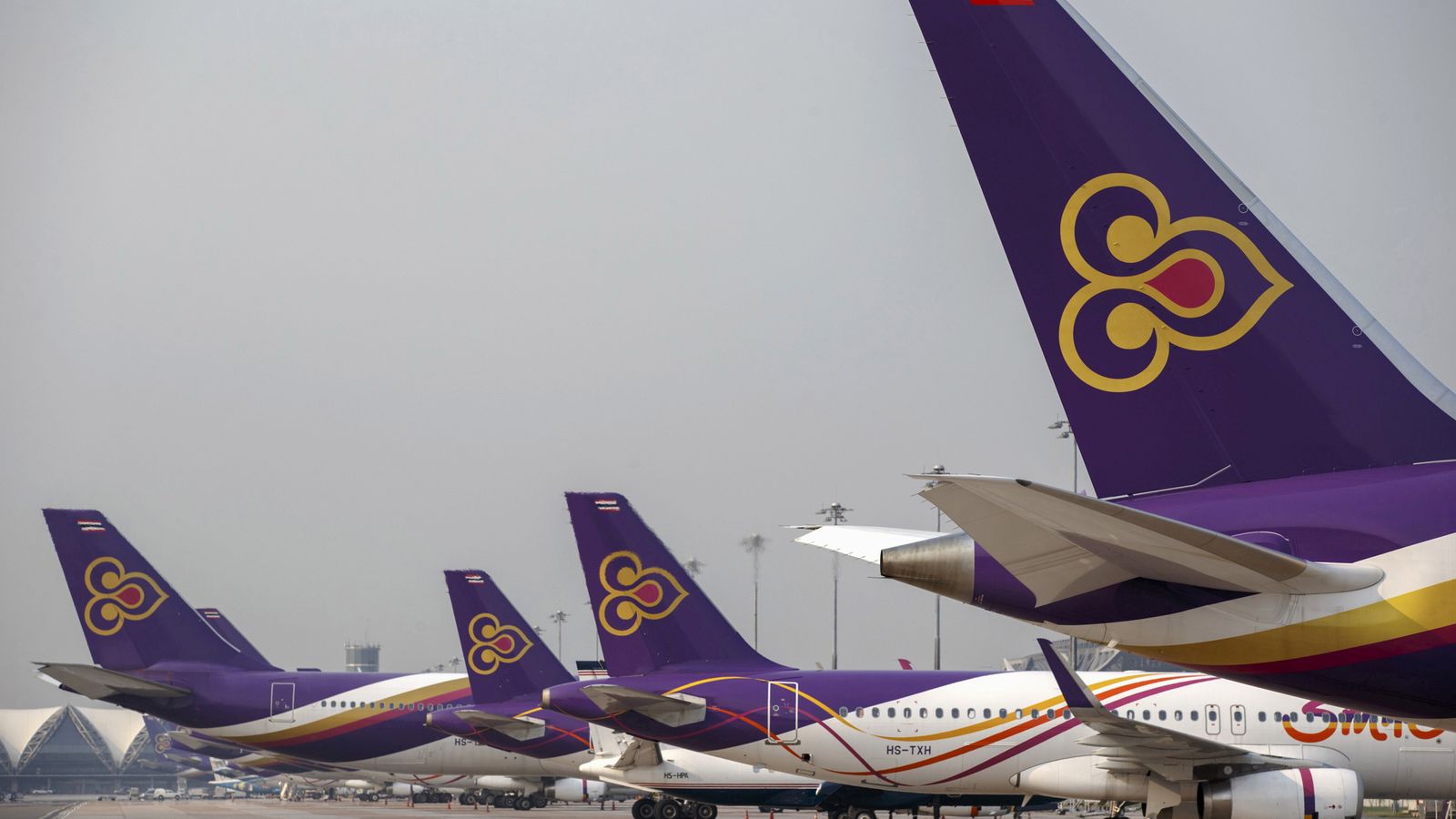Thai Airways says it has cut around 240 executive positions as part of its bankruptcy restructuring process.
The airline said: “The number of executive positions has been reduced from 740 to about 500”, also confirming that the number of supervisory levels would go from eight to five to increase efficiency.
Thai Airways, like most of its rivals around the world, has slashed capacity as travel restrictions and falling demand make many commercial routes unviable during the coronavirus pandemic.
The airline will submit its restructuring plan to the Central Bankruptcy Court on 2 March and the plan is expected to be voted on by creditors in May.
If a majority of creditors vote against it then the airline will go ahead with bankruptcy procedures.
Acting president Chansin Treenuchagron said: “A successful restructuring will require cooperation from all parties, including creditors and employees.”
Thai Airways employs around 21,000 people and is Thailand’s national carrier, an important part of its vital tourism industry.
The airline has struggled since 2012 but before the pandemic it was still carrying more than 24 million passengers a year, many of them tourists.
It said it had introduced a number of voluntary resignation agreements but did not say how many staff had applied.
Previous rescue plans had failed to get the agreement of creditors because cash injection sources were not identified, according to the Bangkok Post.
The newspaper’s economist Chartchai Parasuk said: “It seems like Thai Airways is preparing itself to walk down the bankruptcy route.
“But before facing the cruel fact, it wishes to save its four siblings – Thai Catering, Thai Cargo, Thai Ground Services, and Thai Technical.
“Three siblings – Thai Crew Centre, Thai Flight Training Centre, and Thai Smile – will not be saved.
“But without the mother who carried 24.5 million passengers a year and flew 80 aircraft around the world, these four siblings will find it difficult to survive on their own.
“I do not want to see Thai Airways die. The country should not risk leaving more than 10 million cash-paying foreign tourists in the hands of foreign carriers.”






















